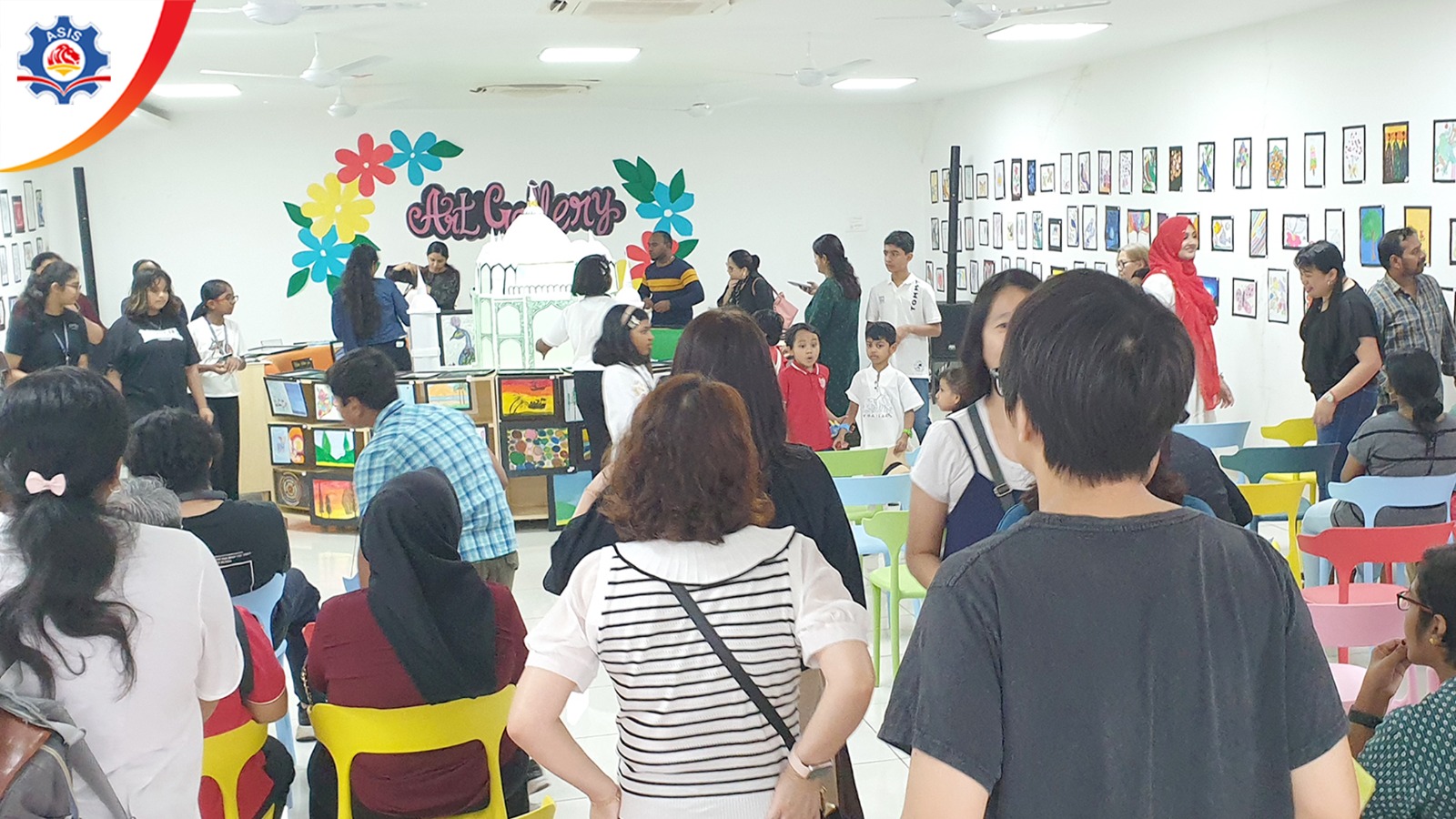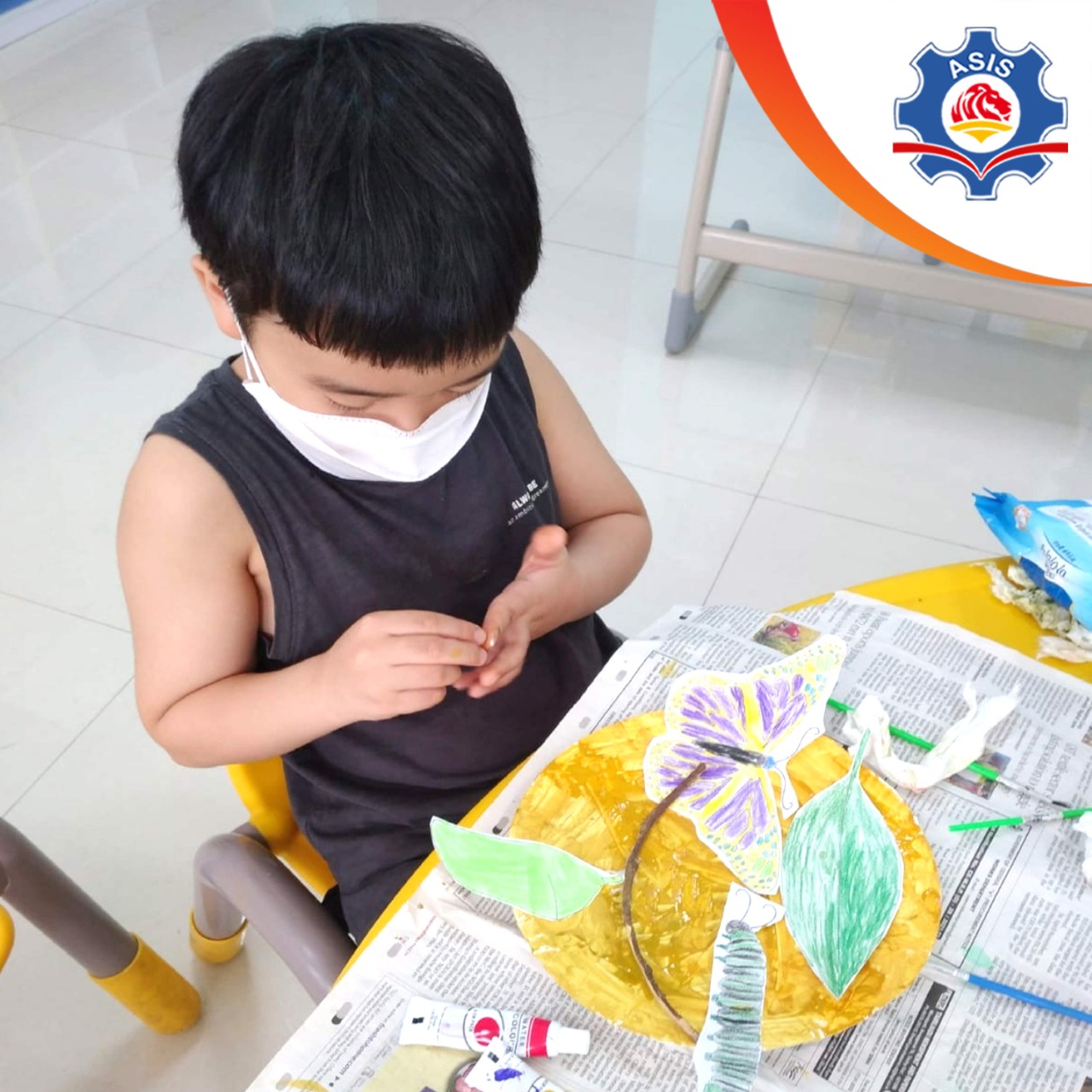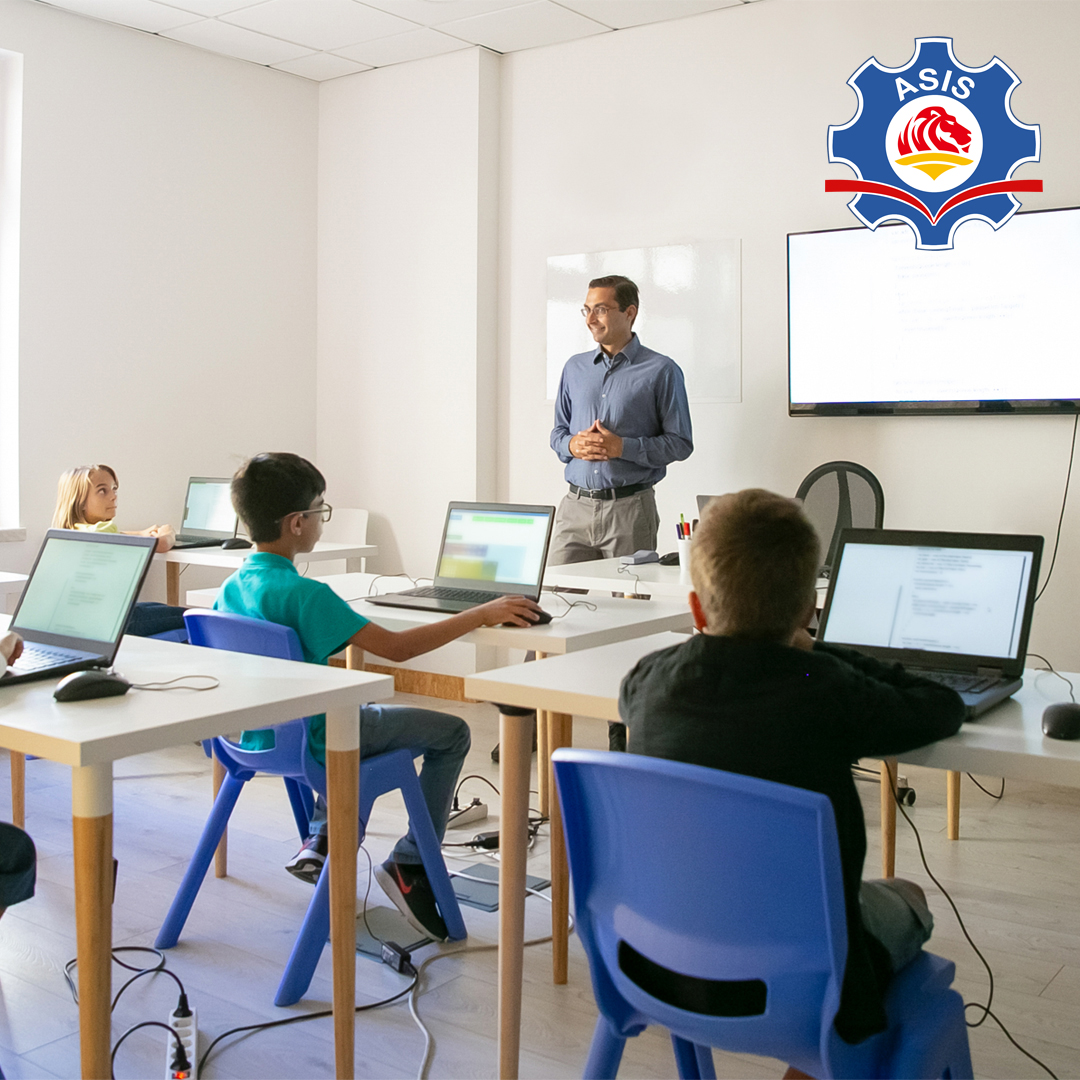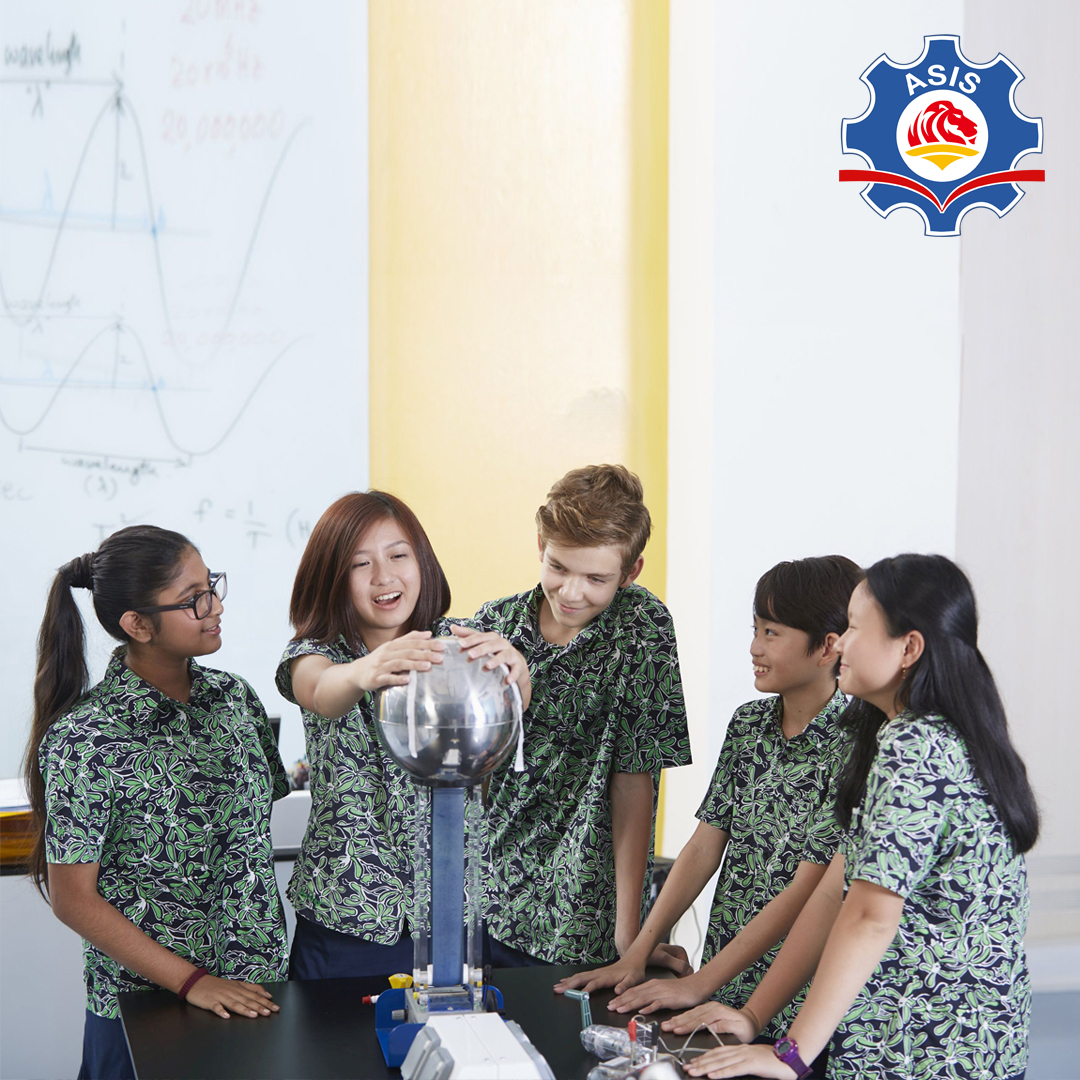Hands-On Learning: The Power of Manipulatives in Primary Math Education
March 28, 2024Written by Amudha Sendhilnaathan
In Primary Math education learning through manipulatives is like Magic. Hands-on-learning means learning by doing. Educators can use this powerful tool to transfer concrete knowledge towards abstract ideas to enhance the basic knowledge. By equipping students with this information, they will become lifelong learners in the modern digital world.
When a student is learning and experiencing things through their tactile sense of touch and feel; it deepens their understanding by working with concrete object properties, develops abstract application, visual discrimination, language, academic challenges, fine and gross motor skills. Also love for mathematics in young learners.
Their sense of touch and ability to move around helps them to comprehend and learn things better. Tactile learning plays a very crucial role in children’s development, as it allows them to store and register the basic concepts in their brain forever.
In the current tech era introducing mathematical basic concepts becomes a challenging task. So, using manipulatives in a more tangible and engaging way will surely promote better understanding and retention of information. Implementing tactile learning into a child's education can drastically impact their cognitive development as well.
As we continue to explore innovative teaching methods, let us not underestimate the impact that the simple act of reaching for a manipulative can have on a child's mathematical journey.
Therefore, the use of hands-on materials in modern educational framework education will benefit to create a strong foundation by allowing students to physically interact with materials. This prepares students to face the challenges beyond the classroom environment. In summary, hands-on materials enhance the learning experience by providing a more interactive, engaging, and holistic approach to education.
Amudha Sendhilnaathan
Ms Amudha is our Lower Primary Math teacher in ASIS

.jpg)

.jpg)















.jpg)

.jpg)





.jpg)




